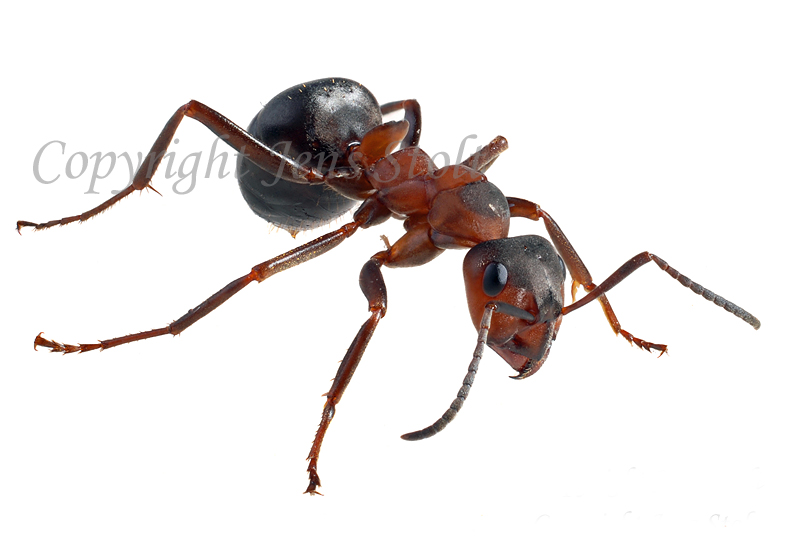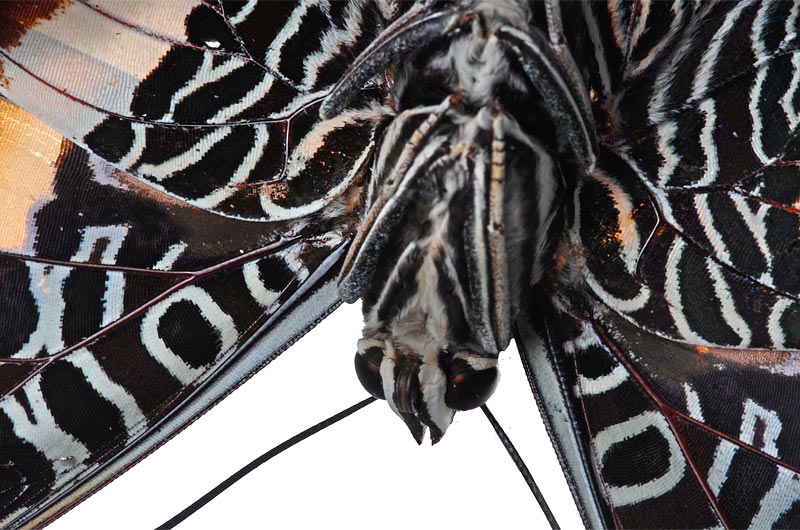Macro in the 1:1 to 3:1 range.
| 1:1 |
| The Poplar Admiral to the right is a typical ca. 1:1 macro shot. Taken with a 150 mm macro lens close to the shortest focal length. Everything is sharp and fine and you can see details such as hair and scales. |
| Now the poplar admiral in this position is not the most challenging subject as its wings are almost vertical and easily falls within dof. |
| Focus |
| However it is important to place focus presicely on the wing as DOF has a tendency to become softer the further away form focus you get. With delicate features like scales you need all the sharpness the lens can yield.. |
| Light |
| Arranging the light so it supports the small tiled skales and fur is a challenge. The wings should be brightly lit from the front so that the colours pop up and so that the sensor has something to work with. But it is important to have a second powerfull light that can make the scales cast shadows and bring texture into the fur. The Poplar admiral was lit from two sides. The main light came from a softbox and the fill light, that also produced the shadows in the scales was a harder smaller light source that also served as a backdrop to isolate the butterfly from the background. |
| Closest Focal range |
|
The Poplar Admiral is a large butterfly and the photograph was taken some distance away from the closest focal range. With a small butterfly such as The Peablue we can move even closer and get a little more magnification with the same setup. |
 |
|
Section of the wing from The Peablue, we can see the single scales. |
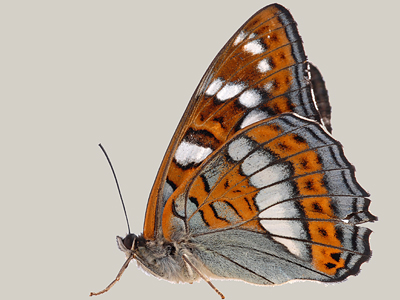
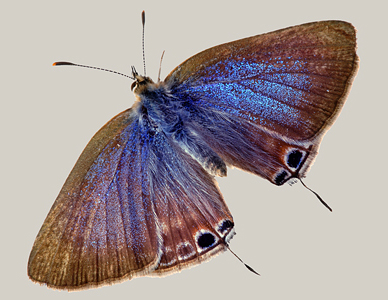
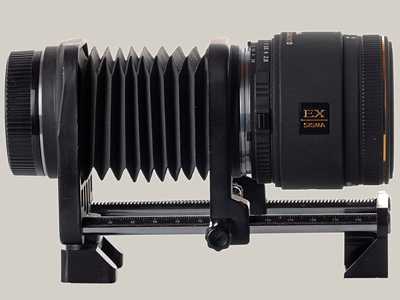
50
mm macro lens mounted on a macro bellow (½ extended).
| You focus by moving the camera back and forth on a focusing rail. |
| With the bellow fully extened you can get magnifications around 3:1 and you can for example photograph a flea. |
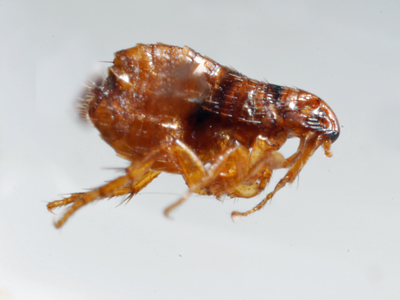 |
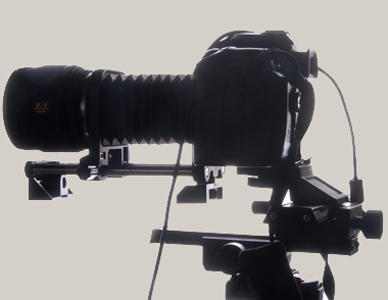
Flea
collected from dog, 1982. Image cropped out of larger photograph.
Camera
and bellow with lens mounted on tripod and macro focusing rail.
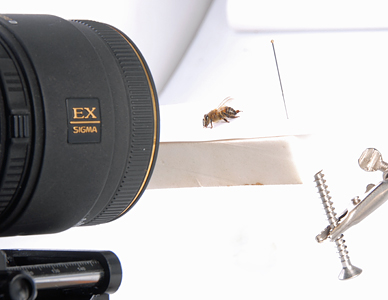
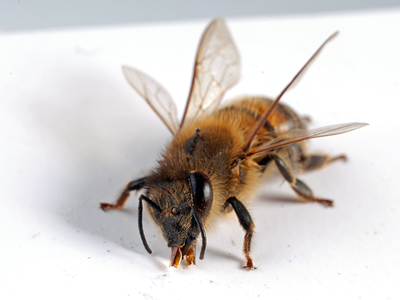
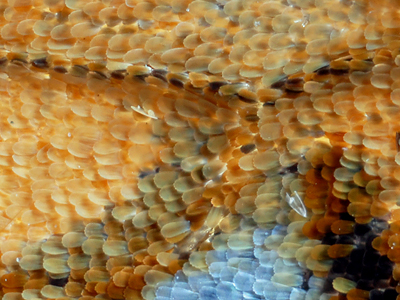
Butterfly
scales (Agynnis adippe) Underside of hind wing.
.
